Can We Talk About The Sheer Accuracy Of Some Of The In-game Dialogue In Disco Elysium?
can we talk about the sheer accuracy of some of the in-game dialogue in Disco Elysium?
i’m talking specifically about the Giant Seraise Hornet, where Encyclopedia says this:

i work with honeybees in an apiary on my college campus, and i’ve taken so many yellow jackets, wasps, and hornets out of the hives. i’ve seen hives completely destroyed by wax beetles and hornets. but the thing that gets me about Disco Elysium’s off-handed analogy about the assassins is that this is literally true.
the Giant Seraise Hornet is a direct reference to the Asian Giant Hornet (which you might know better as the “murder hornet”).
from Penn State University:

and according to Wikipedia, the Asian giant hornet can kill 40 honeybees a minute because of their mandible size.
but it isn’t only the hornet-murdering-honeybee relationship that they got correct! they also got it right that sometimes the honeybees win:


I know that the developers must have put an incredible amount of research into this game, but as someone with a huge interest in the environment and beekeeping, it’s so cool to me that they got a real-life parallel so specifically correct.
it’s such a direct parallel between the mercenaries and the dockworkers and the hornets and the bees. sure, the dockworkers could win, but only if they’ve coevolved. Apis mellifera, the European honeybee, didn’t coevolve with the Asian giant hornet… and those hives tend to be completely decimated.
just like the Hardie boys if Harry makes the wrong move. the mass slaughter in Martinaise depends on whether or not you as the player can learn to adapt quickly enough in seven days to save your colony. and i think it’s genius.
More Posts from Band1t021 and Others

















queen

im playing disco elysium for the first time and it might be too early to call it but i think ive come across the funniest goddamn exchange in the game



fixing things












I’m seeing patterns again
#cat #ilovecat



source

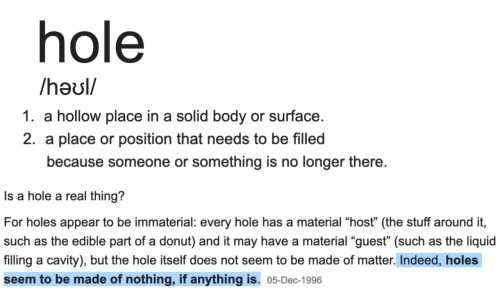
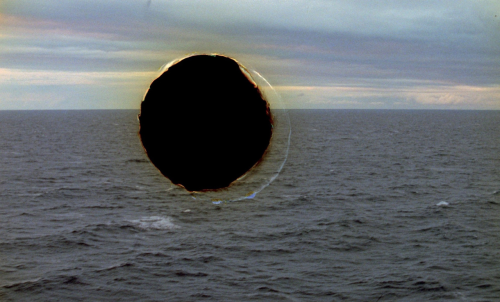

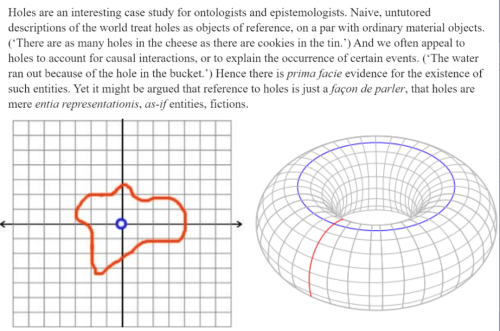
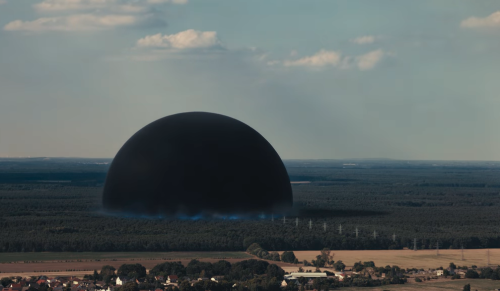



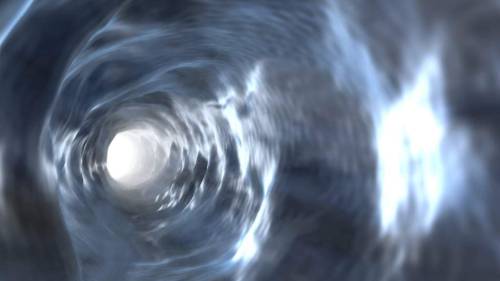
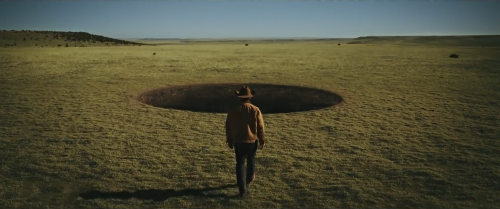







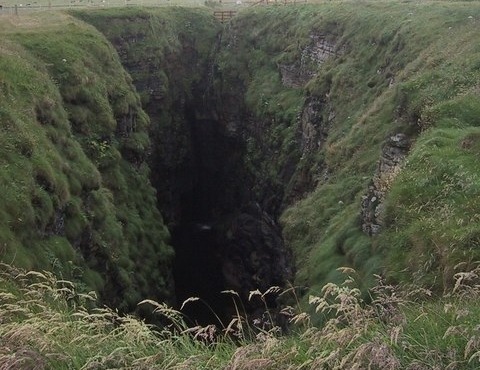




























define hole / is a hole a real thing? / Marco Poloni, Black Hole, from The Majorana Experiment, 2010 / Flatfields Fotografien / What We Talk About When We Talk About Holes / Dark (2017-2020) / post / Disco Elysium / Twin Peaks: The Return (2017) / Donnie Darko (2001) / Outer Range (2022) / Kaveh Akbar, from “The Miracle,” Pilgrim Bell / post / Weizmann Institute of Science / Mathworld / post / post / post / post / Anne Boyer, from “Woman Sitting at the Machine,” in A Handbook of Disappointed Fate / Star Wars: Knights of the Old Republic II: The Sith Lords / Dennis Patrick Slattery, The Wounded Body: Remembering the Markings of Flesh / The Incredulity of Saint Thomas, Caravaggio, 1601–1602 (detail) / The Incredulity of St. Thomas, Bernardo Strozzi, 1582-1644 (detail) / Don McKay, from “Twinflower,” Field Marks: The Poetry of Don McKay, intro. Méira Cook (Wilfrid Laurier University Press, 2006) / thierryetherve / Pathologic / post / Gregory Orr, from How Beautiful the Beloved / Tomas Tranströmer, tr. by Robert Bly, from a poem titled “Track” / Disco Elysium / Anne Carson, Economy of the Unlost / Pathologic 2 / Jonas Burgert, Sand brennt Blatt (2010) / Disco Elysium / Carl Phillips, from “Givingly”, Wild is the Wind / post / Pathologic / The Juniper Tree (Nietzchka Keene | 1990) / John Banville, Eclipse / Twin Peaks / Disco Elysium / VectorStock / True Detective / Night in the Woods
I also want to give credit to @/arairah for being the lead holologist on this site and the intermediate source for a lot of this, thank you!
-
 chooseittehmemes12233 liked this · 4 months ago
chooseittehmemes12233 liked this · 4 months ago -
 illkillyouthisischargeablethreat reblogged this · 5 months ago
illkillyouthisischargeablethreat reblogged this · 5 months ago -
 thepenultimaterolo reblogged this · 1 year ago
thepenultimaterolo reblogged this · 1 year ago -
 partybara liked this · 1 year ago
partybara liked this · 1 year ago -
 captainfiri liked this · 1 year ago
captainfiri liked this · 1 year ago -
 superioraxolotl liked this · 2 years ago
superioraxolotl liked this · 2 years ago -
 tinsnip liked this · 2 years ago
tinsnip liked this · 2 years ago -
 moonsun2010 reblogged this · 2 years ago
moonsun2010 reblogged this · 2 years ago -
 ephhemeralite liked this · 2 years ago
ephhemeralite liked this · 2 years ago -
 boogdleyboo liked this · 2 years ago
boogdleyboo liked this · 2 years ago -
 future-cryptid reblogged this · 2 years ago
future-cryptid reblogged this · 2 years ago -
 crossbeau liked this · 2 years ago
crossbeau liked this · 2 years ago -
 tamagoatchie liked this · 2 years ago
tamagoatchie liked this · 2 years ago -
 fainlin liked this · 2 years ago
fainlin liked this · 2 years ago -
 bearygentle liked this · 2 years ago
bearygentle liked this · 2 years ago -
 youllneverseemerelax liked this · 2 years ago
youllneverseemerelax liked this · 2 years ago -
 ponymacoroni reblogged this · 2 years ago
ponymacoroni reblogged this · 2 years ago -
 fluffy-slippers-for-centaurs liked this · 2 years ago
fluffy-slippers-for-centaurs liked this · 2 years ago -
 arizonaicedteawithlemonflavor liked this · 2 years ago
arizonaicedteawithlemonflavor liked this · 2 years ago -
 moonsun2010 liked this · 2 years ago
moonsun2010 liked this · 2 years ago -
 ignitingthesky reblogged this · 2 years ago
ignitingthesky reblogged this · 2 years ago -
 peculiarslavicspecimem1 liked this · 2 years ago
peculiarslavicspecimem1 liked this · 2 years ago -
 simp-cry-repeat reblogged this · 2 years ago
simp-cry-repeat reblogged this · 2 years ago -
 dmegidd0 liked this · 2 years ago
dmegidd0 liked this · 2 years ago -
 catboybee liked this · 2 years ago
catboybee liked this · 2 years ago -
 tobyote liked this · 2 years ago
tobyote liked this · 2 years ago -
 slothfulkouhai reblogged this · 2 years ago
slothfulkouhai reblogged this · 2 years ago -
 slothfulkouhai liked this · 2 years ago
slothfulkouhai liked this · 2 years ago -
 birdy-bird27 liked this · 2 years ago
birdy-bird27 liked this · 2 years ago -
 beeboopneep liked this · 2 years ago
beeboopneep liked this · 2 years ago -
 mxlxdroit liked this · 2 years ago
mxlxdroit liked this · 2 years ago -
 jamrock41 liked this · 2 years ago
jamrock41 liked this · 2 years ago -
 ratbefriender liked this · 2 years ago
ratbefriender liked this · 2 years ago -
 bloodyaliens liked this · 2 years ago
bloodyaliens liked this · 2 years ago -
 smilehilist liked this · 2 years ago
smilehilist liked this · 2 years ago -
 binpropagandist liked this · 2 years ago
binpropagandist liked this · 2 years ago -
 thotticusclout liked this · 2 years ago
thotticusclout liked this · 2 years ago -
 pink-and-purple-flowers liked this · 2 years ago
pink-and-purple-flowers liked this · 2 years ago -
 thelittleoddling liked this · 2 years ago
thelittleoddling liked this · 2 years ago -
 band1t021 reblogged this · 2 years ago
band1t021 reblogged this · 2 years ago -
 band1t021 liked this · 2 years ago
band1t021 liked this · 2 years ago -
 yourlocallunchable liked this · 2 years ago
yourlocallunchable liked this · 2 years ago -
 plant-in-muddy-rainboots liked this · 2 years ago
plant-in-muddy-rainboots liked this · 2 years ago -
 renoku liked this · 2 years ago
renoku liked this · 2 years ago -
 hey-look-its-jon liked this · 2 years ago
hey-look-its-jon liked this · 2 years ago -
 schniggles liked this · 2 years ago
schniggles liked this · 2 years ago

